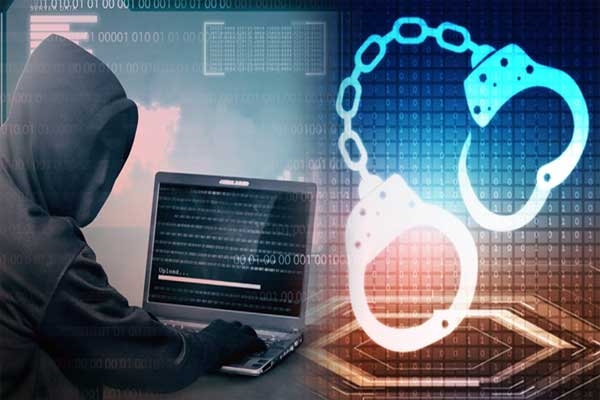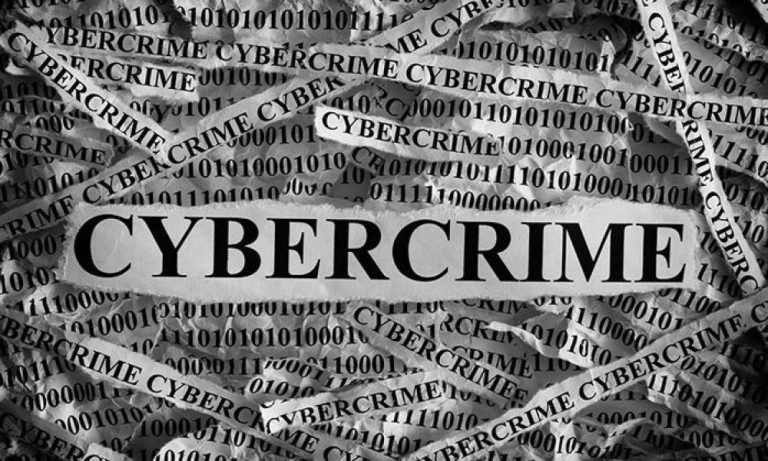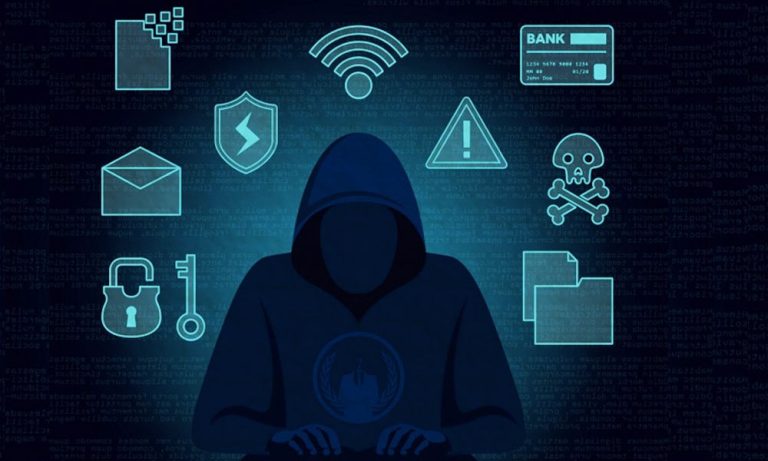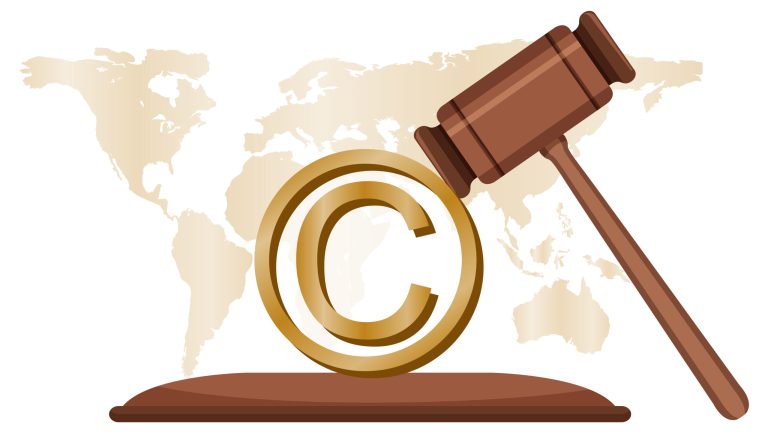
Cyberbullying has emerged as a significant social issue in the digital age, with far-reaching consequences for individuals, particularly young people. The anonymity and reach of the internet have allowed bullies to target victims on social media, messaging platforms, and other digital spaces, causing emotional distress, mental health issues, and even physical harm. To address this growing concern, governments and legal systems worldwide have introduced various legal measures aimed at combating cyberbullying. This article explores the key legal protections in place and the evolving strategies used to mitigate the impact of cyberbullying.
Understanding Cyberbullying
What is Cyberbullying?
Cyberbullying refers to the use of digital platforms to harass, intimidate, or threaten individuals. Unlike traditional bullying, cyberbullying can occur at any time and is often persistent due to the nature of the internet. Cyberbullies may use social media, email, messaging apps, and online forums to spread rumors, share embarrassing information or images, or send harmful messages. The anonymity afforded by the internet makes it easier for bullies to engage in harmful behavior without immediate repercussions.
The Impact of Cyberbullying
The effects of cyberbullying can be devastating. Victims may experience anxiety, depression, low self-esteem, and, in severe cases, may consider self-harm or suicide. Additionally, because the internet offers a wider audience, cyberbullying can lead to public humiliation and long-lasting damage to the victim’s reputation. Given the serious consequences, there is a pressing need for effective legal measures to address cyberbullying and offer victims protection.
Legal Protections Against Cyberbullying
Anti-Cyberbullying Laws
Many countries have introduced specific laws aimed at preventing and punishing cyberbullying. These laws often define cyberbullying as a criminal offense, ensuring that perpetrators face consequences for their actions. For example, in the United States, several states have enacted anti-cyberbullying laws that allow schools and law enforcement agencies to take disciplinary action against those who engage in online harassment.
Countries such as Canada, the United Kingdom, and Australia have also introduced comprehensive legislation that targets cyberbullying. In Canada, the Protecting Canadians from Online Crime Act criminalizes the non-consensual distribution of intimate images, which is a common tactic used in cyberbullying cases. In the UK, the Malicious Communications Act and the Communications Act 2003 both address online harassment and cyberbullying, giving authorities the power to prosecute offenders.
Criminalization of Online Harassment
In addition to specific cyberbullying laws, many jurisdictions have expanded existing criminal laws to cover online harassment. Cyberbullying behaviors such as sending threatening messages, spreading defamatory content, or stalking online can now result in criminal charges under these provisions.

For instance, in the United States, cyberbullying that involves threats of violence, blackmail, or severe harassment may lead to charges under laws related to harassment, stalking, or even hate crimes. In India, the Information Technology Act includes provisions for punishing individuals who use electronic communications to defame or intimidate others.
Civil Remedies for Cyberbullying Victims
In addition to criminal penalties, many countries allow victims of cyberbullying to seek civil remedies. Victims can file lawsuits against their cyberbullies, seeking compensation for emotional distress, reputational harm, or financial losses caused by the bullying. Civil cases can also result in injunctions that prevent the bully from further contact with the victim.
For example, victims can file defamation suits if false information is spread about them online, or they may seek damages for invasion of privacy if intimate images or personal information are shared without their consent. Civil remedies offer an additional layer of protection, enabling victims to hold bullies accountable even if criminal charges are not pursued.
The Role of Schools and Institutions in Combating Cyberbullying
School Policies and Disciplinary Actions
Educational institutions play a crucial role in preventing and addressing cyberbullying, especially since young people are often the most affected. Many countries require schools to have anti-bullying policies that specifically address cyberbullying. These policies may include disciplinary measures such as suspension, expulsion, or referral to law enforcement for students who engage in cyberbullying.
In the United States, for instance, the Safe Schools Improvement Act requires schools to have anti-bullying policies, including cyberbullying, and to report incidents to local authorities. By implementing clear guidelines and consequences, schools can deter cyberbullying and provide support to victims.
Online Platforms and Liability
With social media and messaging platforms being key channels for cyberbullying, there is growing pressure on tech companies to take responsibility for the content shared on their platforms. In response, many countries have introduced regulations that require online platforms to take action against cyberbullying.
For example, the EU Digital Services Act mandates that online platforms must remove illegal content, including harmful content related to cyberbullying, or face penalties. Similarly, in the United States, platforms are required to cooperate with law enforcement when addressing cyberbullying or other forms of online harassment.
Challenges in Enforcing Cyberbullying Laws
Anonymity and Jurisdictional Issues
One of the main challenges in enforcing cyberbullying laws is the anonymity of the internet. Cyberbullies can use fake profiles, encrypted messaging, or offshore platforms to carry out their attacks, making it difficult for law enforcement to track and identify perpetrators. Additionally, cyberbullying often occurs across borders, raising jurisdictional issues when trying to prosecute offenders who are located in different countries.
The Balance Between Free Speech and Regulation
Another challenge is balancing the protection of individuals from cyberbullying with the right to free speech. In some countries, there are concerns that overly broad cyberbullying laws could infringe on free speech rights, leading to debates on how to regulate online behavior without restricting legitimate expression.
Conclusion: Strengthening Legal Protections Against Cyberbullying
The fight against cyberbullying requires a multifaceted approach, including strong legal measures, cooperation between institutions, and proactive efforts by online platforms. By enacting comprehensive laws and holding perpetrators accountable, governments can offer better protection to victims of cyberbullying. As technology continues to evolve, ongoing adjustments to legal frameworks will be necessary to keep pace with new challenges in the fight against online harassment.







